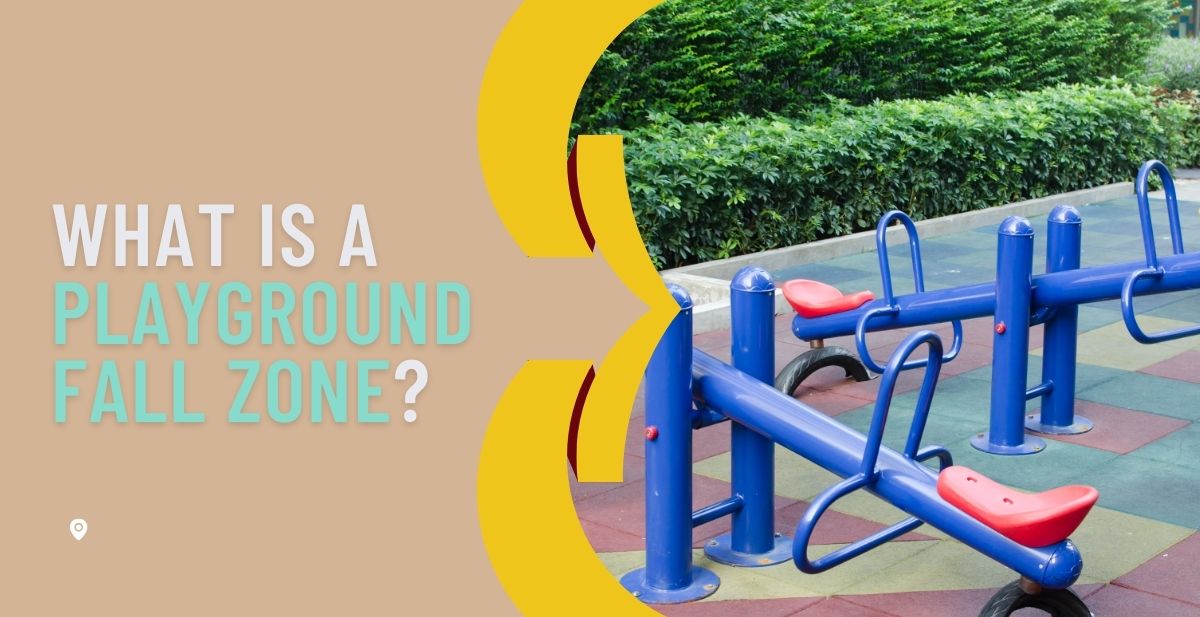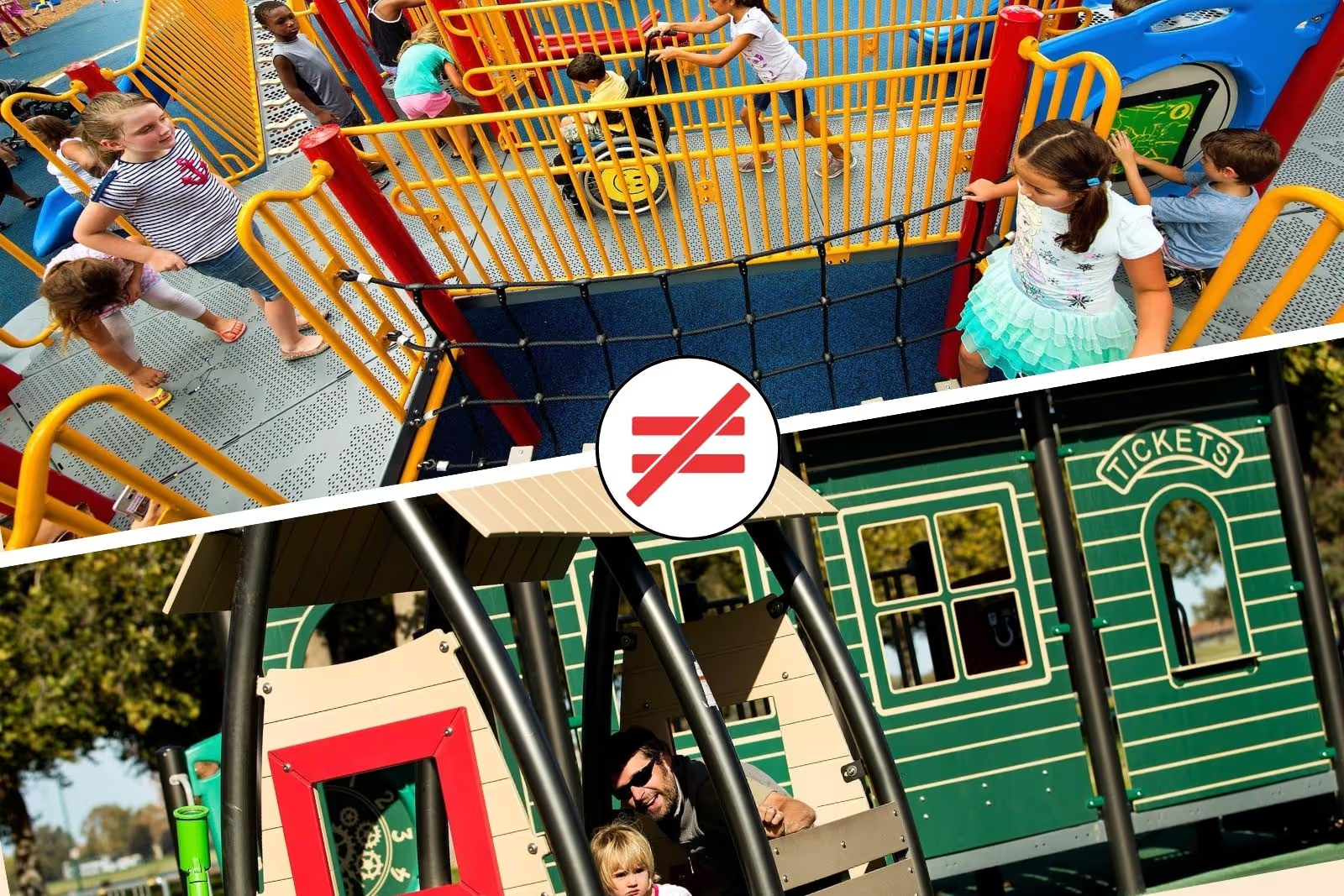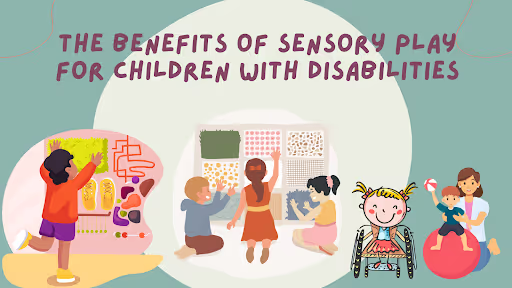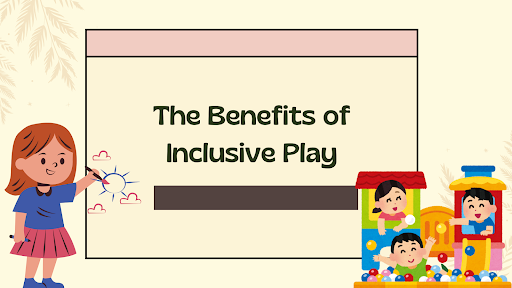What is The Fall Zone on a Playground?
Understand the play fall zone, its role in child safety, and why surfacing and spacing are vital for preventing playground accidents. Read now!


Playgrounds are places where children socialize, learn new things and challenge themselves physically. They create memories that last a lifetime. So playgrounds need to be safe for all kids, no matter their ability level.
When playing on a playground, it's essential to be aware of the Fall Zone. This is the area around the play equipment where a fall could result in an injury.
Be careful when climbing and swinging, as these activities can send you flying in any direction. This article will discuss Fall Zones and how to stay safe while playing in them!
What Is a Playground Fall Zone?
A Fall Zone is an area of a playground in which children falling from play equipment are cushioned to help prevent playground injuries. Fall Zones are divided into impact-absorbing surfaces and non-impact-absorbing surfaces.
Impact-absorbing surfaces can include rubber mats, sand, wood chips, and other materials that provide cushioning for falls. Non-impact absorbing surfaces, such as grass and concrete, offer little protection.
Playground fall zones are essential for keeping children safe and reducing the chance of severe or life-threatening head injury from a fall. When designing accessible playground surfacing with Fall Zones, it's essential to consider the play equipment's height and the Fall Zone's size.
Fall Zones should be at least twice the height of the play equipment and large enough to ensure that children have plenty of space to land. It's also essential to ensure Fall Zones are well-maintained and free from debris, garbage, or other potentially hazardous items.
Requirements for Playground Fall Zone
Providing the consumer product safety commission appropriate Fall Zone is vital to ensure children's safety when designing a playground. A Fall Zone is an area that surrounds playground equipment and is designed to protect users from potential hazardous falls. Here are some of the critical fall zone requirements for Fall Zone design:
1. Size: The Fall Zone should be calculated based on the type of playground equipment used and its height. Fall Zones should always be at least 6 feet in any direction from the playground surrounding equipment and should increase in size as the height of the playground increases.
2. Materials: Fall Zone materials should be made of impact-absorbing surfacing material that offers cushion to prevent serious injuries and aid in fall prevention. Using impact-absorbing materials such as shredded rubber, wood chips, or mulch is essential.
3. Maintenance: Fall Zones should be regularly monitored for wear and tear, and any necessary repairs should be made promptly. Fall Zone material must be free from debris, loose rocks, sticks, or other items that could cause a hazard or injury.
By following these Fall Zone design requirements, playgrounds can be designed with the safety of children in mind. Fall Zones provide important protection for children as they play and use playground equipment.
Critical Fall Height
In addition to Fall Zone design, it is crucial to consider Critical Fall Height (CFH) when designing playgrounds. CFH is the maximum height from which a user can fall and not be at risk of serious injury.
Fall protective surfacing should have an impact-absorbing quality that reduces a person's likelihood of injury if they fall from a certain height or below. The Fall Zone should be calculated based on the CFH of the playground equipment and its surroundings.
Fall Zones Are Not a Substitute for Proper Supervision
It's also important to remember that Fall Zones are not a substitute for proper supervision. Even with Fall Zones in place, parents and caregivers should still be vigilant about supervising children while they play on playgrounds to help ensure their playground safety.
Fall Zone protection is essential in keeping playgrounds safe, but it should always be combined with active supervision and other risk management strategies. Fall Zones can be a great way to reduce the risk of serious injury when children are playing on playgrounds.
Fall Zone playground surface should be properly installed and maintained regularly to keep them in good condition and help ensure the safety of all playground visitors. With Fall Zones, parents and caregivers can feel confident that their children enjoy safe and age-appropriate play.
Final Thoughts
When it comes to Fall Zone safety, preparation and prevention are key. Fall zones should be designed with safety in mind and have appropriate fall protection measures in place.
Fall zones should also be inspected regularly to ensure they remain compliant with applicable standards. You can protect yourself and your loved ones from falls by taking precautions like inspecting fall zone materials, installing appropriate equipment, and providing thorough training on Fall Zone safety.
Looking for park and playground products? Check out Park N Play Design's selection of materials and other playground products.
We strive to provide high-quality products and safety products that meet the highest standards, so you can rest assured that your park and playground are safe for children to play in. Contact us today for more information!












